The CRD is inviting responses from citizens re the proposed bylaw no. 4552 “to authorize borrowing of up to $85M for the CRD’s Land Assembly, Housing and Land Bank Service . . . to permit additional investment into the creation of new affordable rental housing supply and the assembly of land for future use as well as the protection of existing affordable rental housing”. In case you were unaware or hadn’t found the response form, we are providing background from the CRD website (below) and the link to the response form.
“As many households in the capital region continue to struggle with housing affordability, in September 2023, the CRD Board unanimously voted to seek elector approval on Bylaw No. 4552 to authorize borrowing of up to $85,000,000 for the CRD’s Land Assembly, Housing and Land Banking Service. The purpose would be to permit additional investment into the creation of new affordable rental housing supply and the assembly of land for future use as well as the protection of existing affordable rental housing. Debt will not be incurred, nor requisition increased until specific partnerships and project opportunities are identified and approved through the annual CRD budget process.
Therefore, the Capital Regional District (CRD) intends to adopt Bylaw No. 4552, “Land Assembly, Housing and Land Banking Loan Authorization Bylaw No. 3, 2023.” The purpose of Bylaw No. 4552 is to authorize the borrowing of eighty-five million dollars ($85,000,000) for the purposes of the Land Assembly, Housing and Land Banking Service, including to support future housing partnership opportunities and to increase the supply of affordable, inclusive, and adequate housing in the region. The debt servicing cost will be recovered over a period not exceeding 30 years through annual requisition for the service.
The service area applies to all municipalities and electoral areas of the CRD, including Central Saanich, Colwood, Esquimalt, Highlands, Langford, Metchosin, North Saanich, Oak Bay, Saanich, Sidney, Sooke, Victoria, View Royal, and the Electoral Areas of Juan de Fuca, Salt Spring lsland, and Southern Gulf lslands. Participating area consent will be obtained by conducting a region wide alternative approval process”
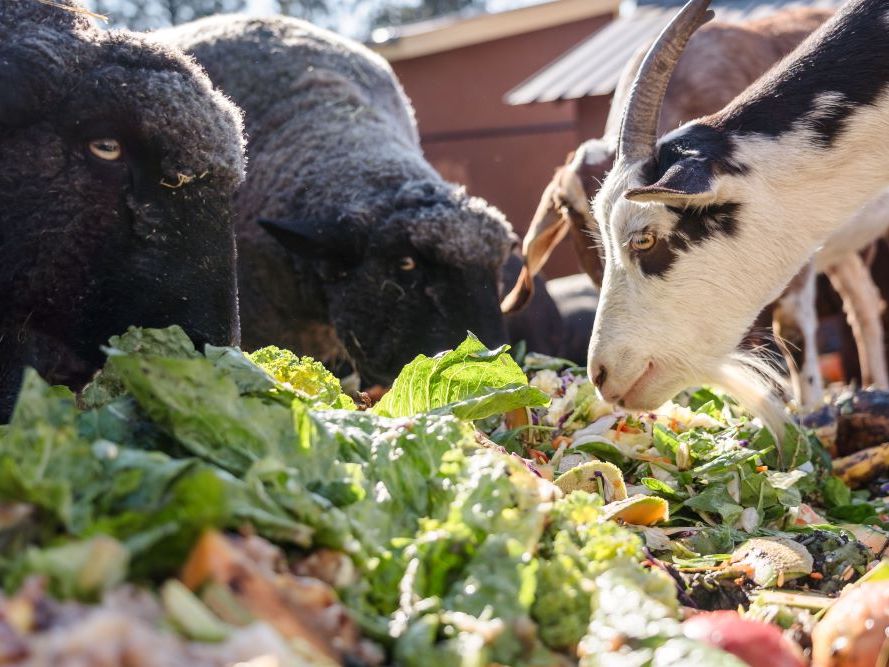
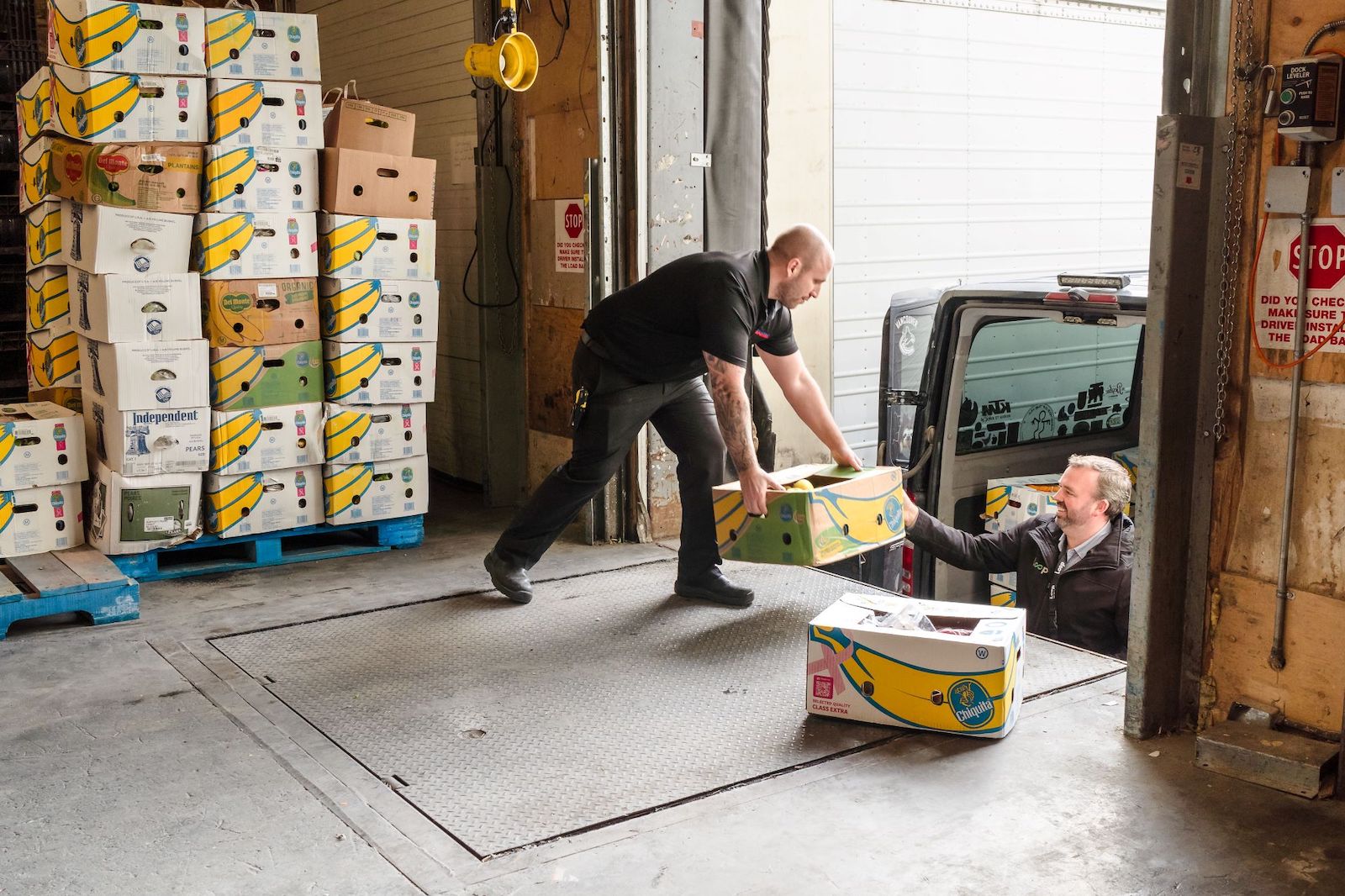
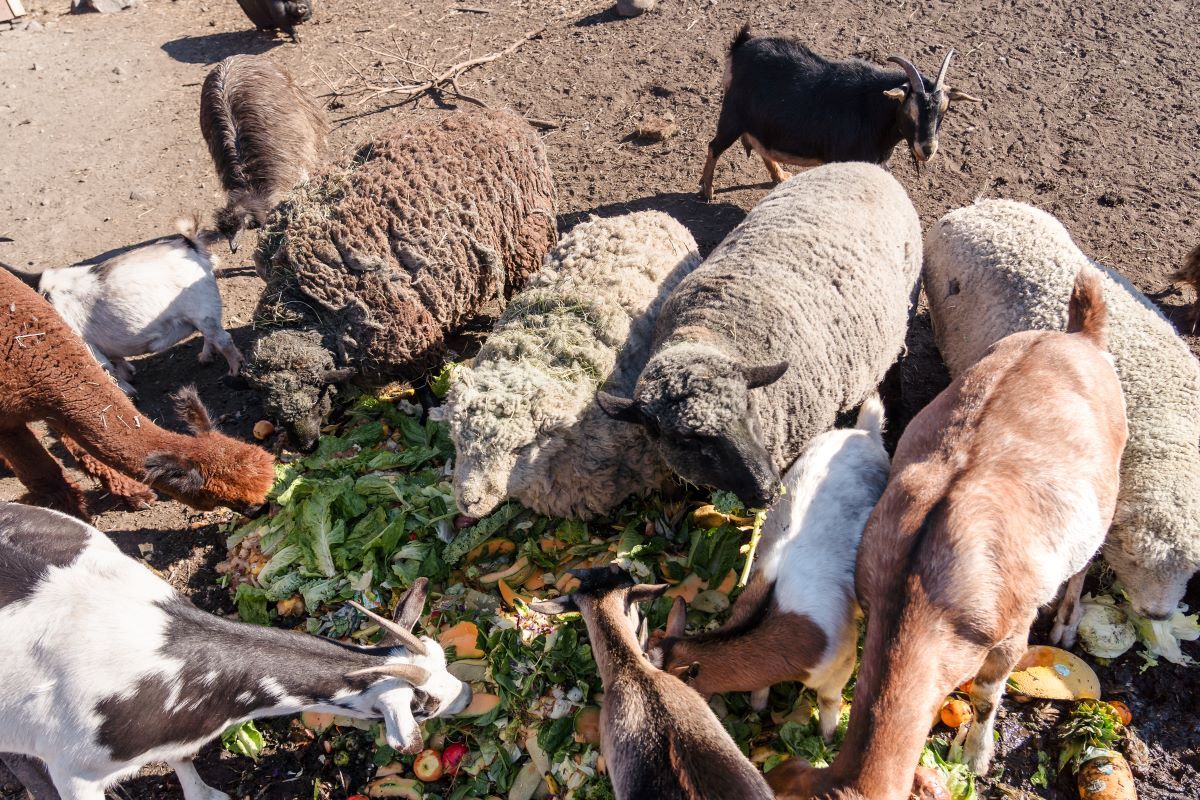
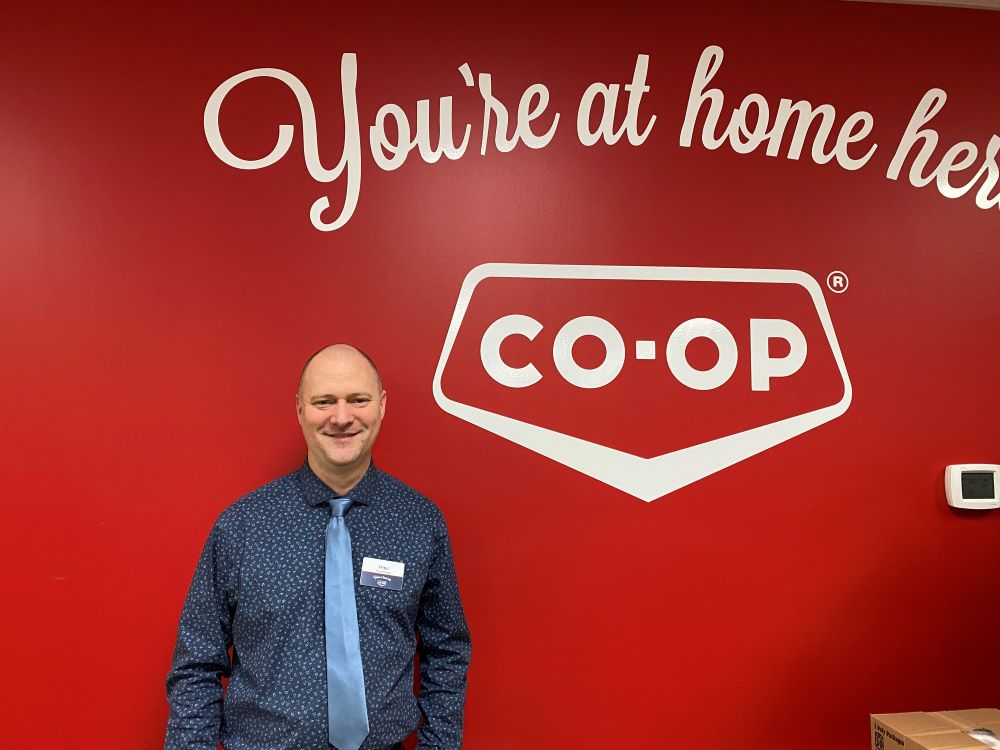


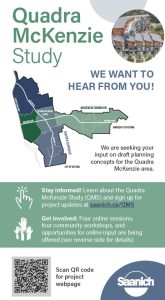 Saanich is hosting a series of interactive community workshops for the Quadra McKenzie Study (QMS).
Saanich is hosting a series of interactive community workshops for the Quadra McKenzie Study (QMS). On October 25, 2023, members of the Quadra Cedar Hill Community Association attending the Association’s general meeting unanimously supported a motion to donate $1000 to the Shelbourne Community Kitchen’s ‘Bring Home the Kitchen’ capital campaign. According to their 2022 Annual Report:
On October 25, 2023, members of the Quadra Cedar Hill Community Association attending the Association’s general meeting unanimously supported a motion to donate $1000 to the Shelbourne Community Kitchen’s ‘Bring Home the Kitchen’ capital campaign. According to their 2022 Annual Report:
